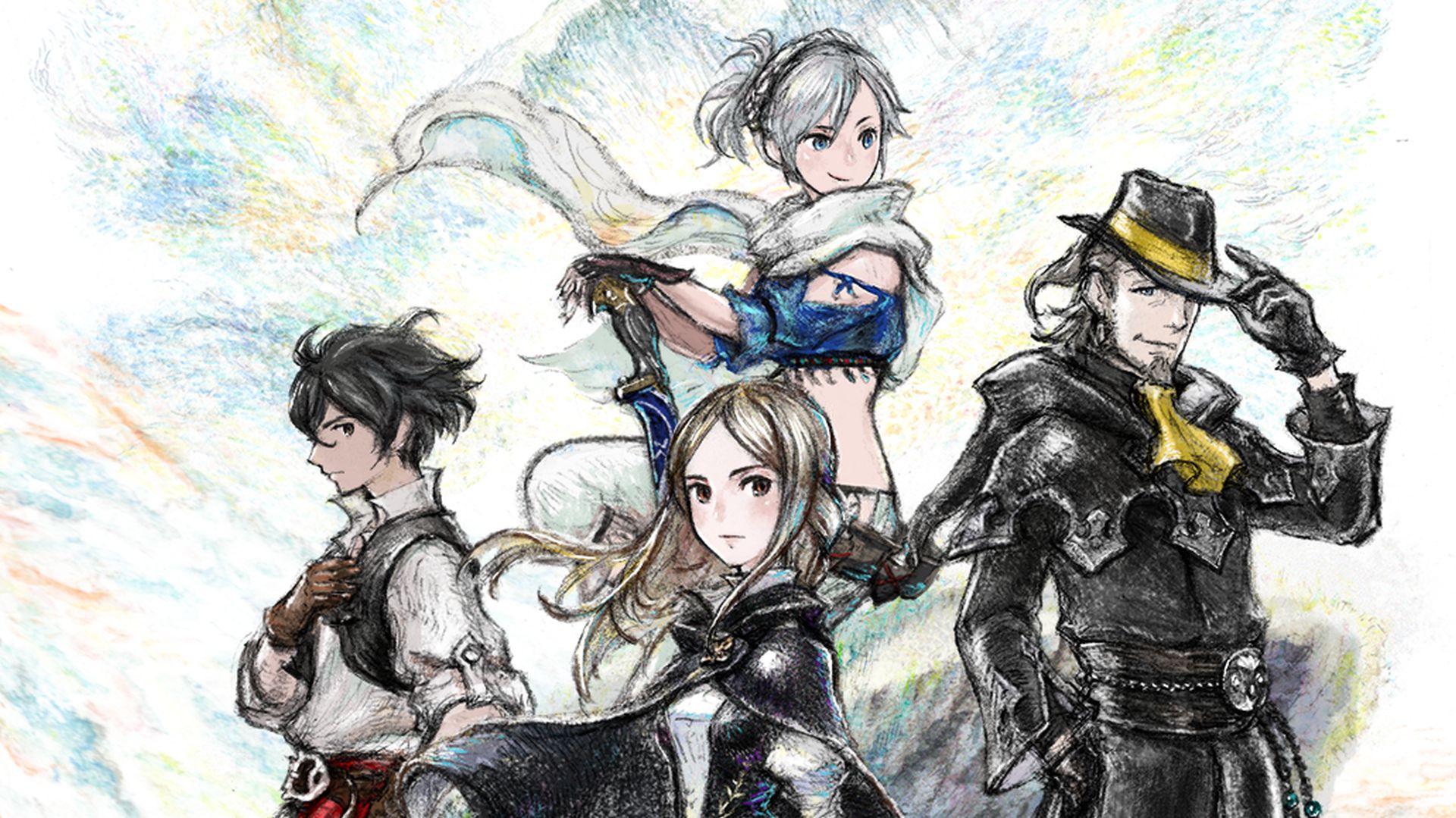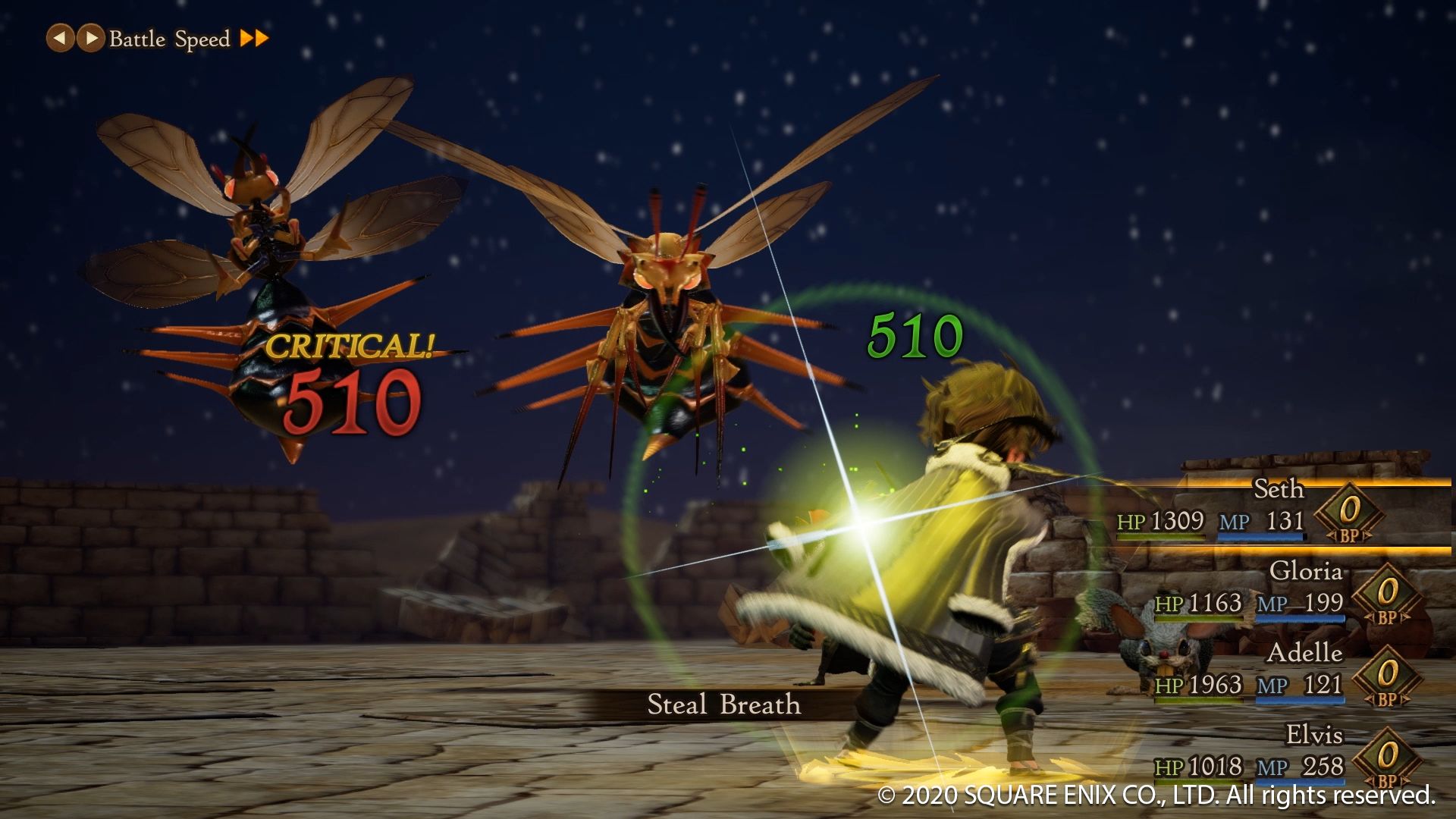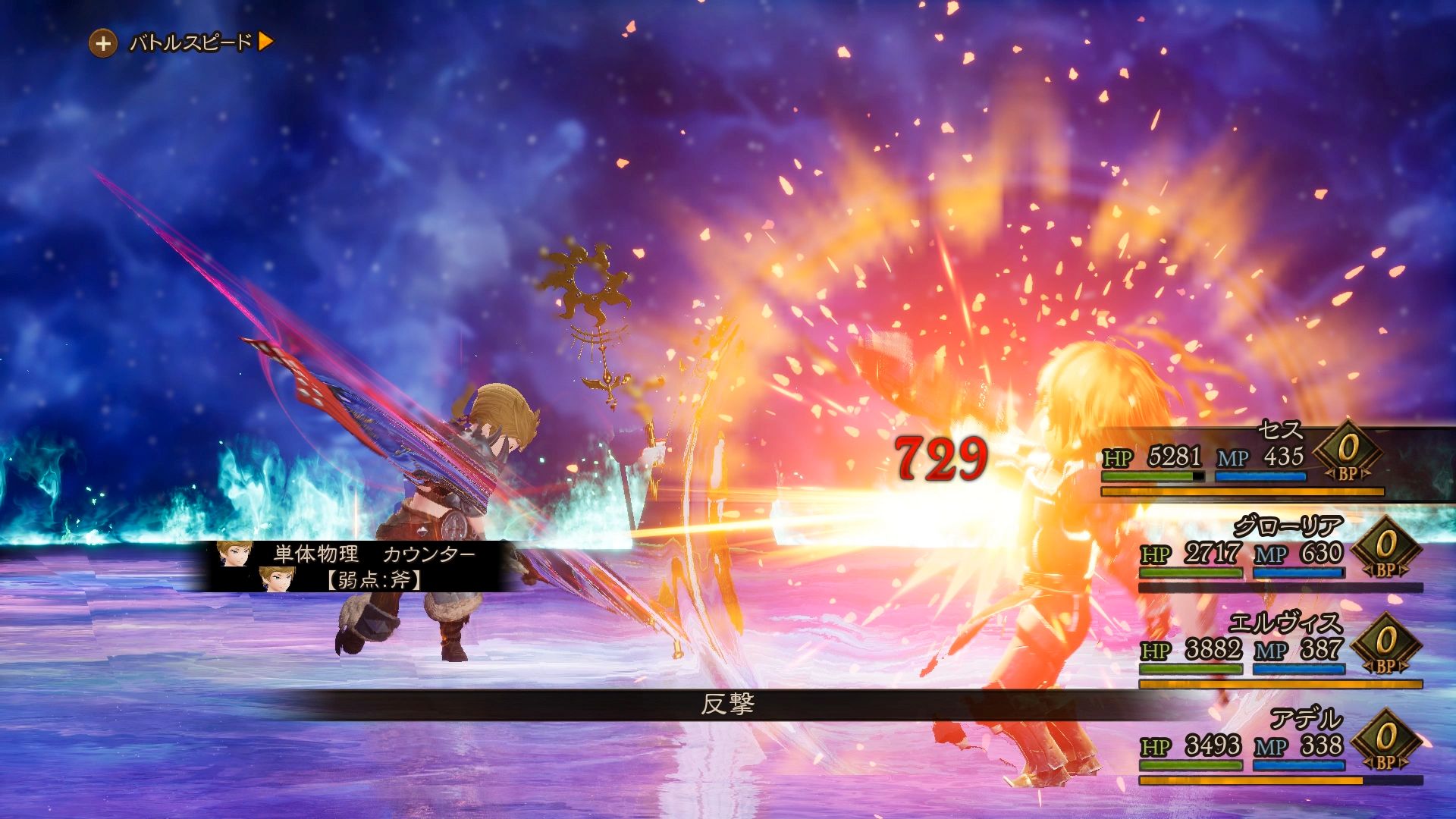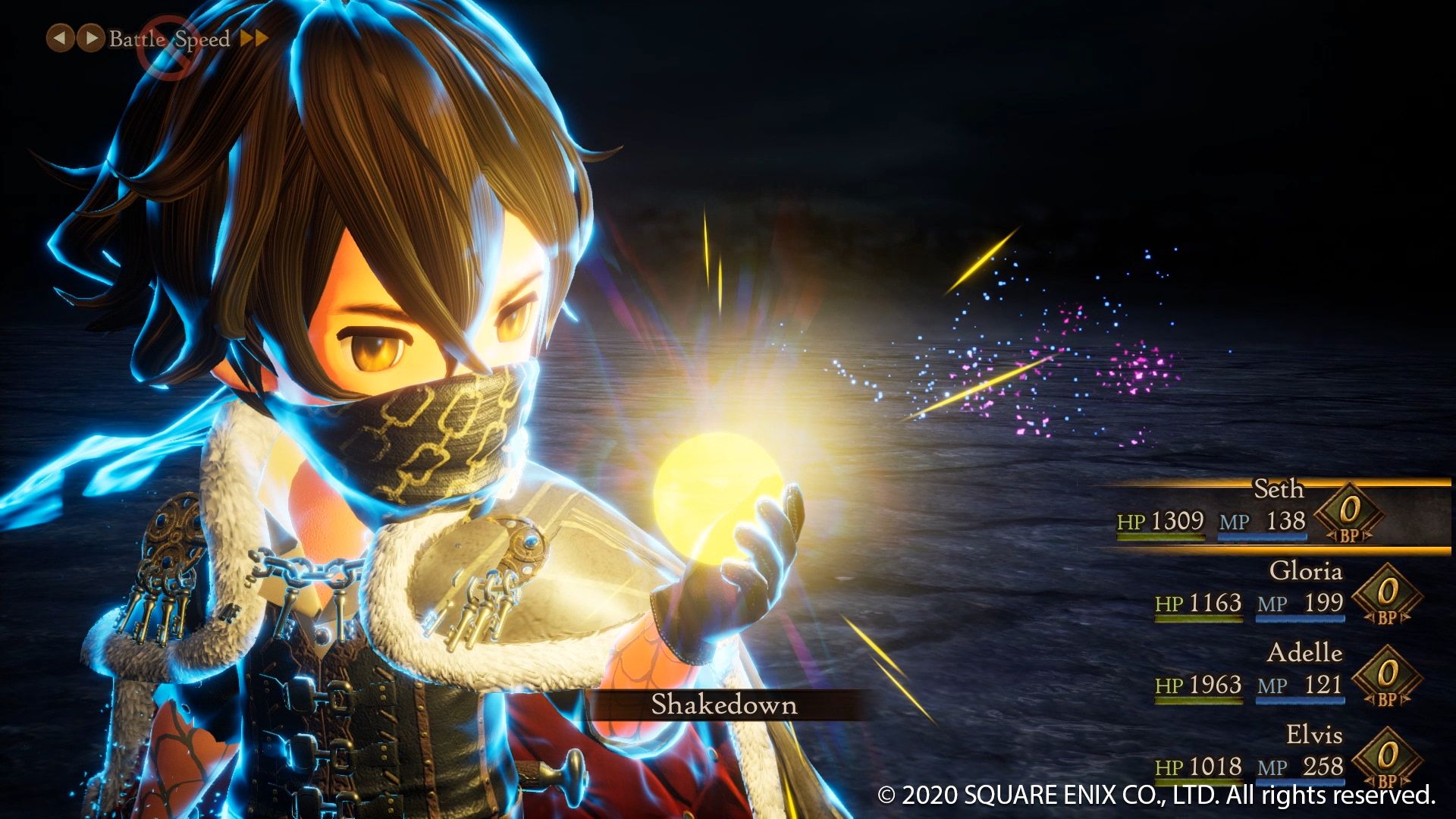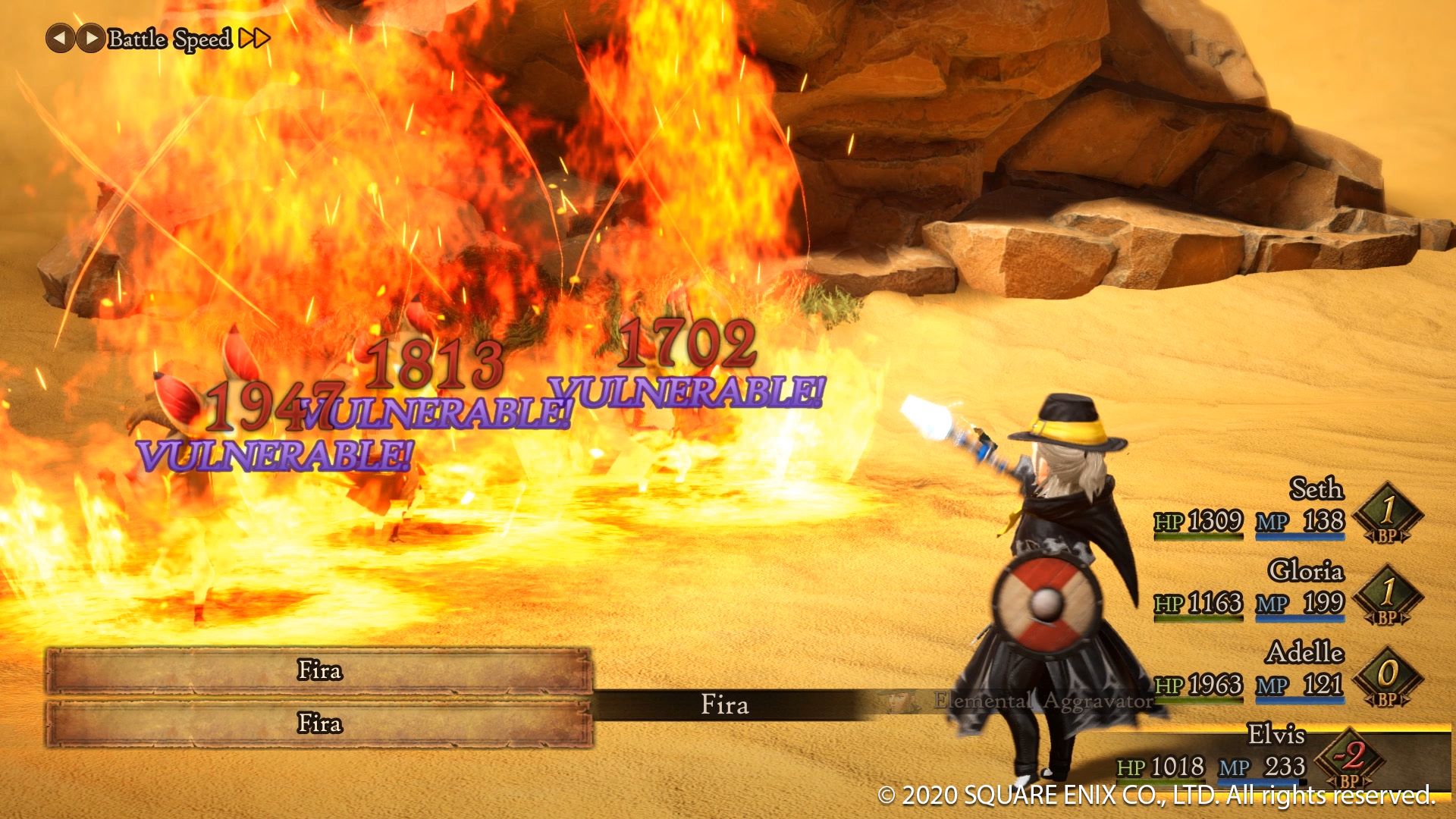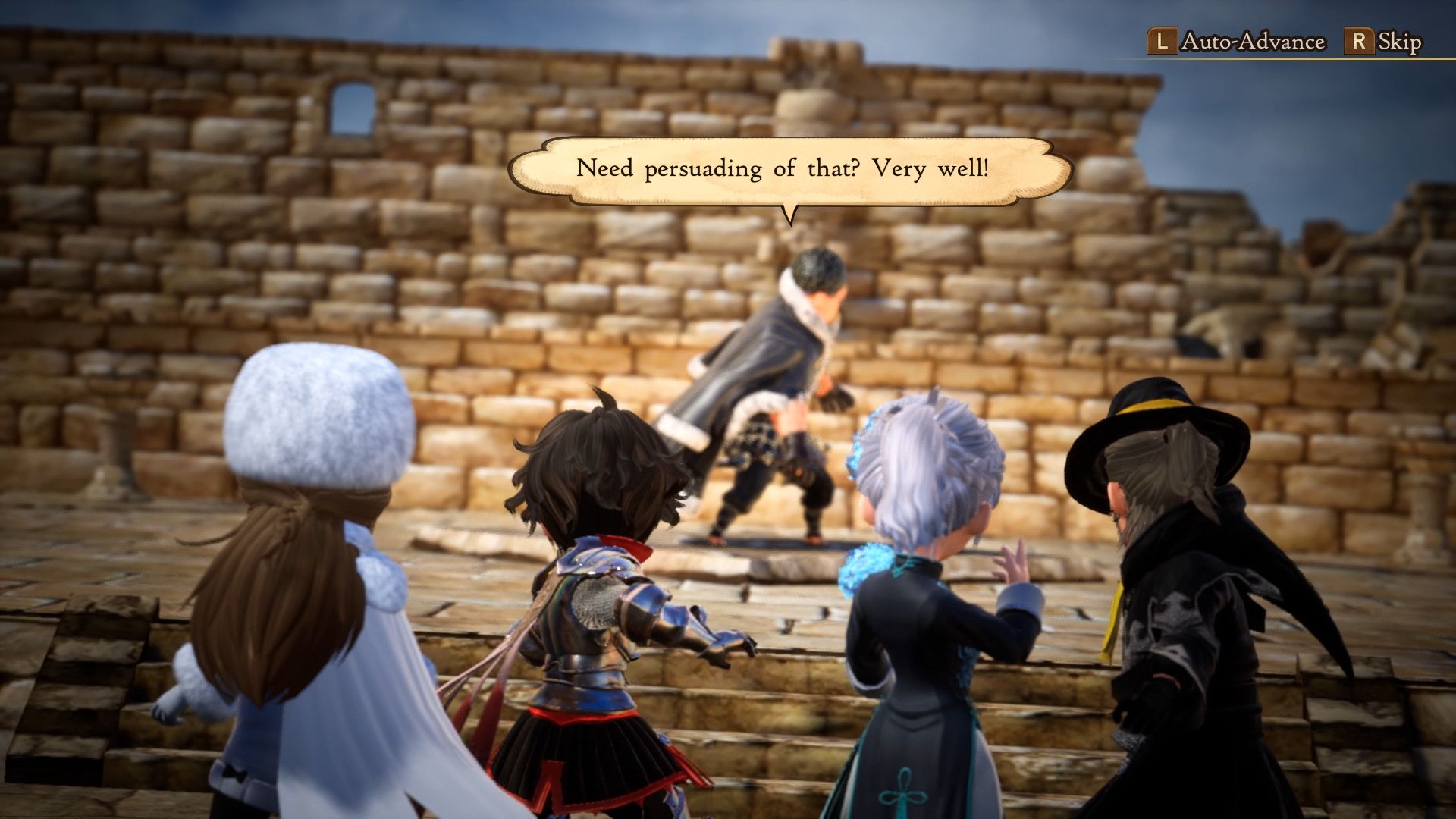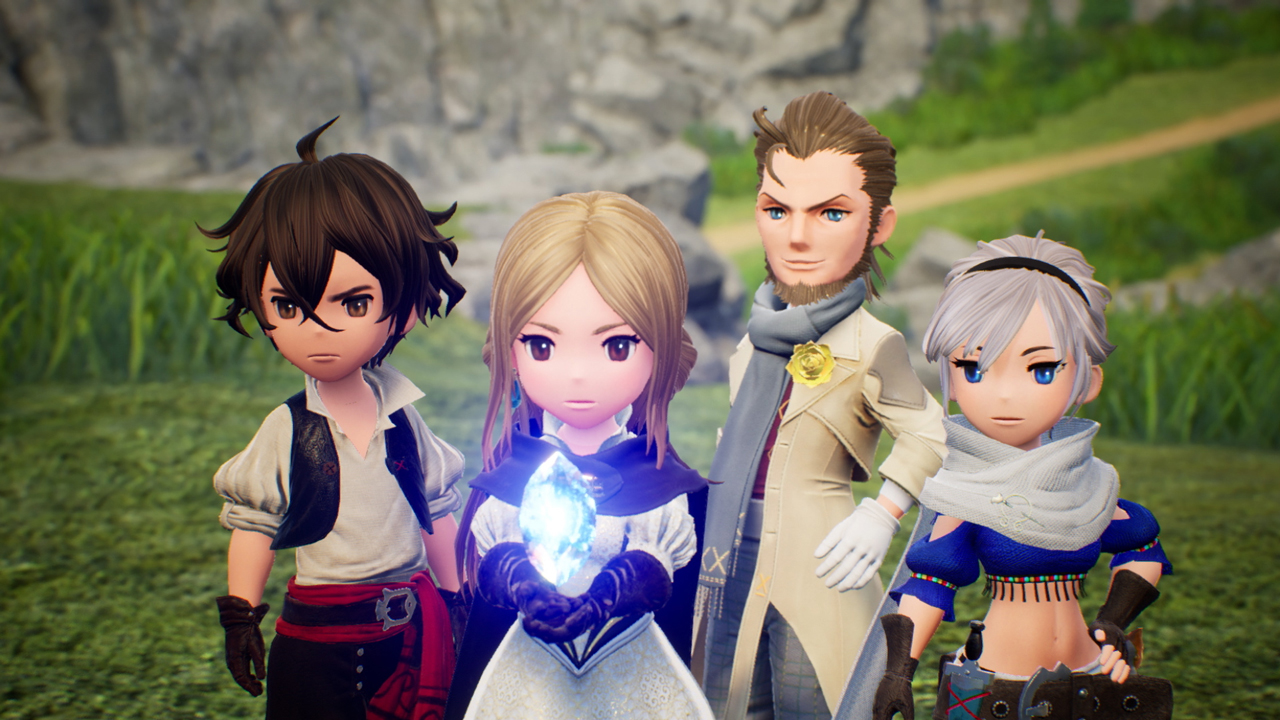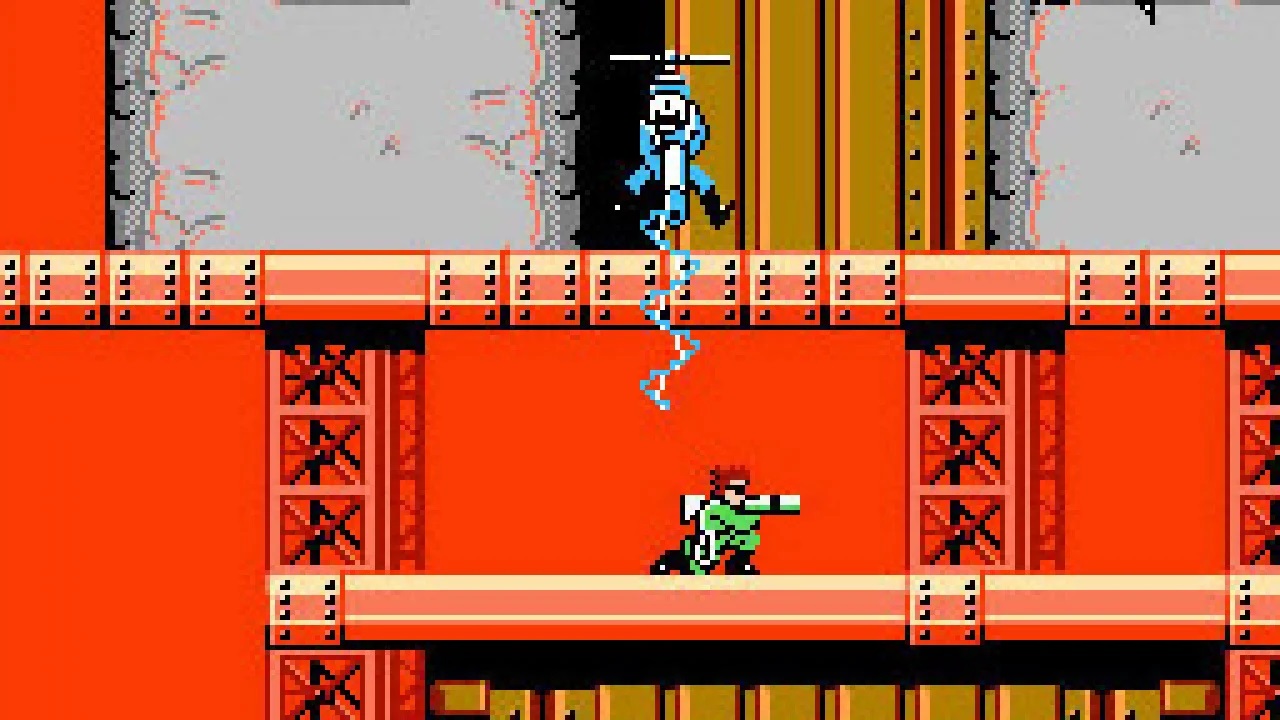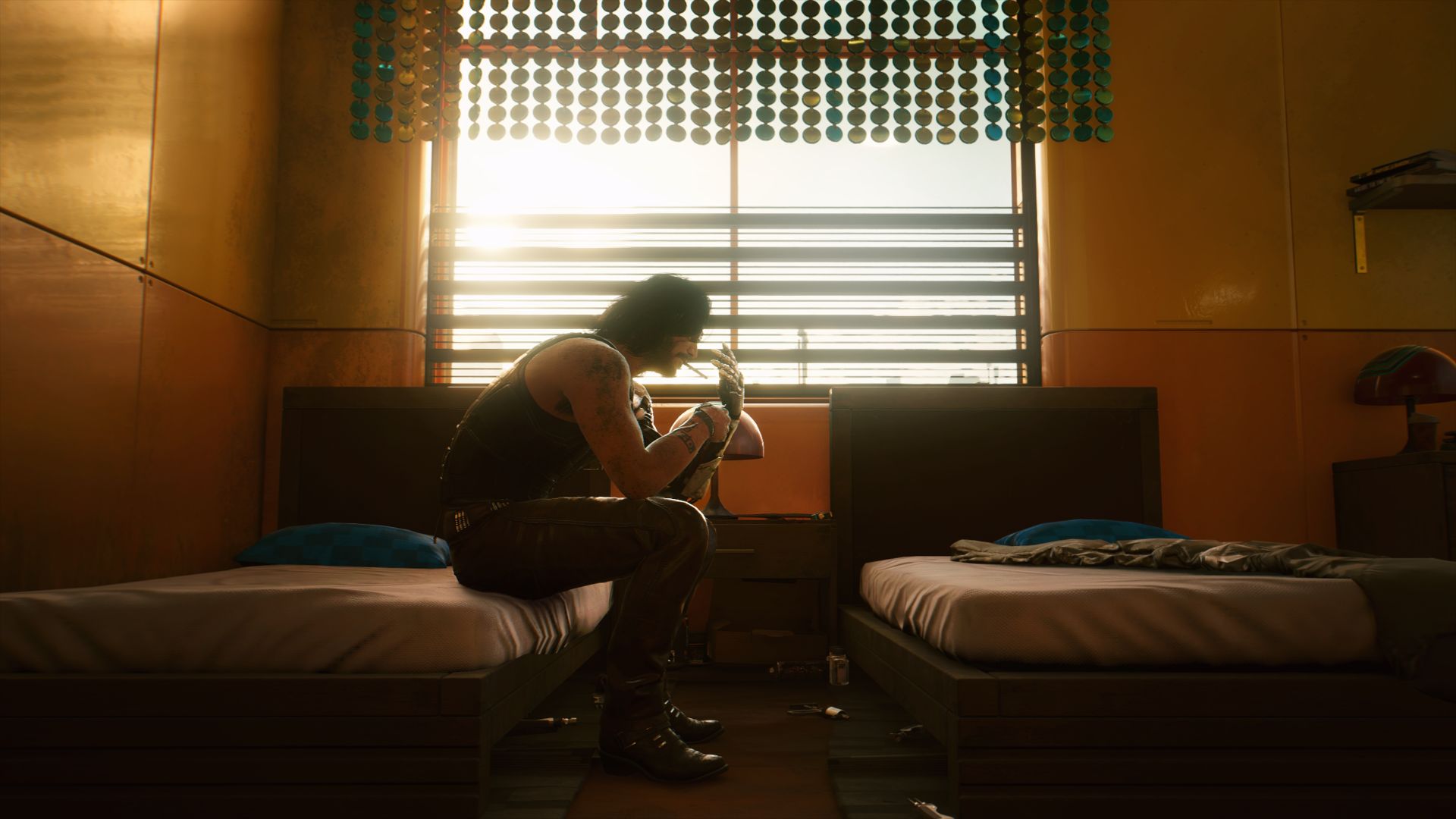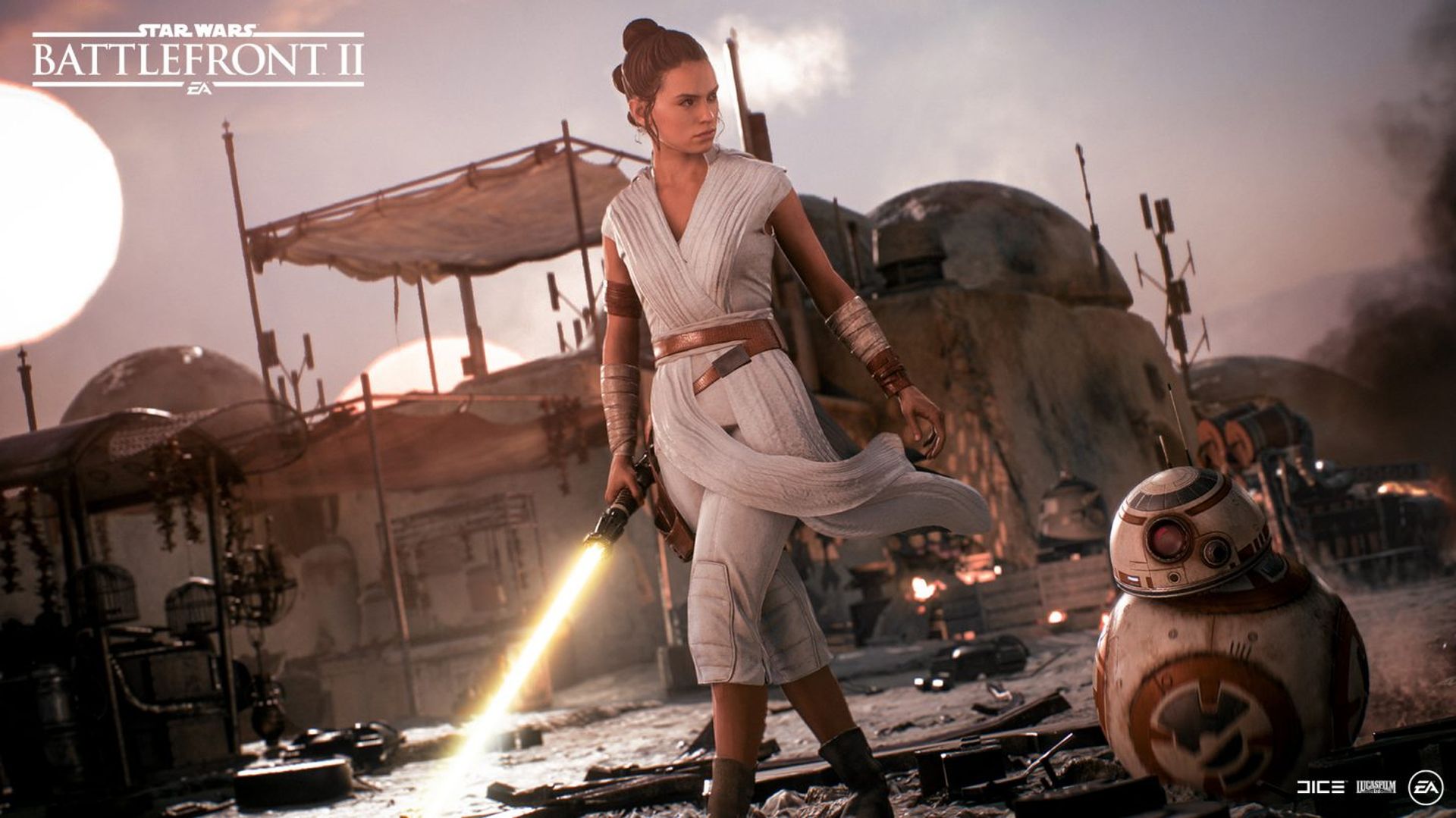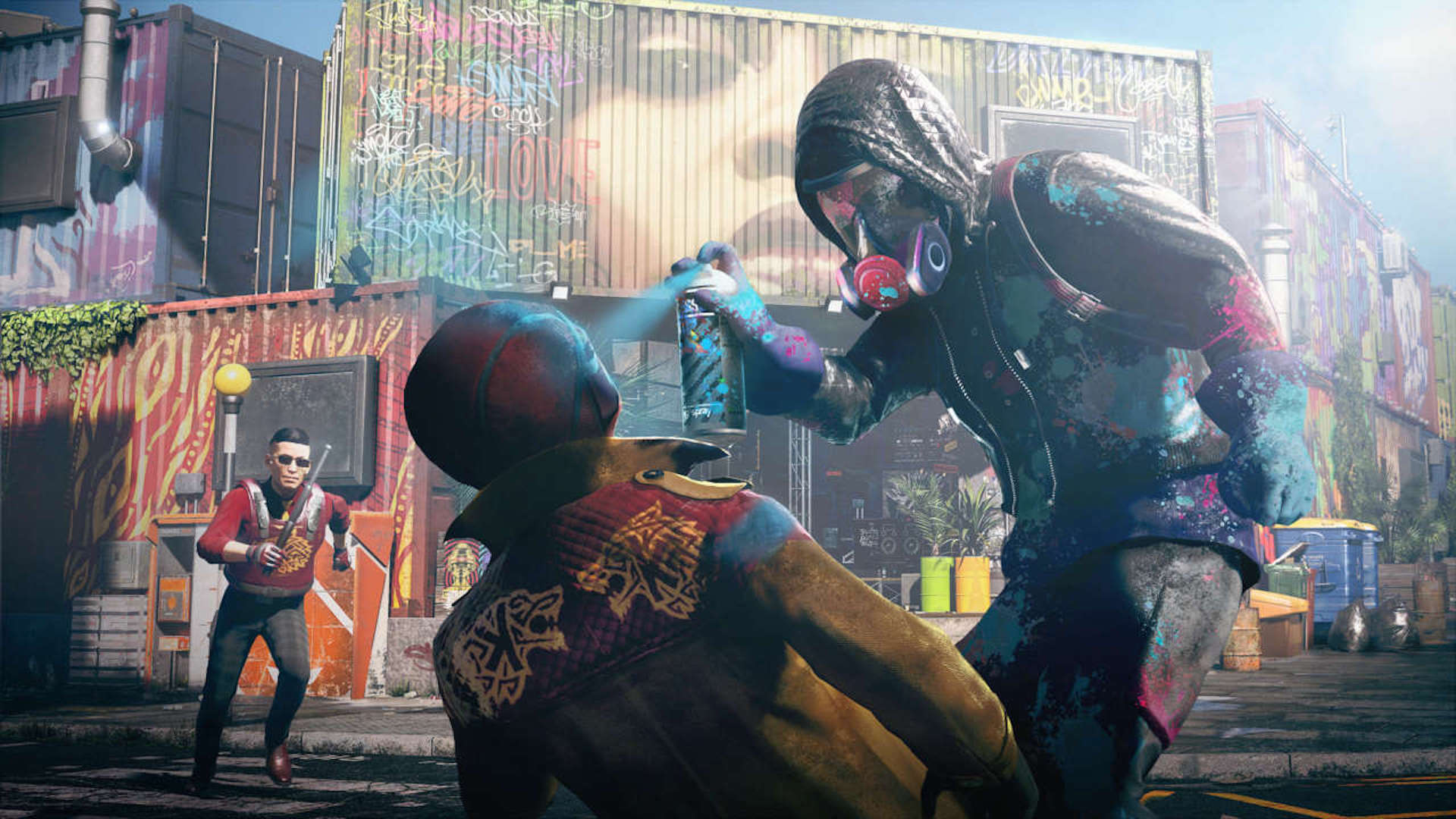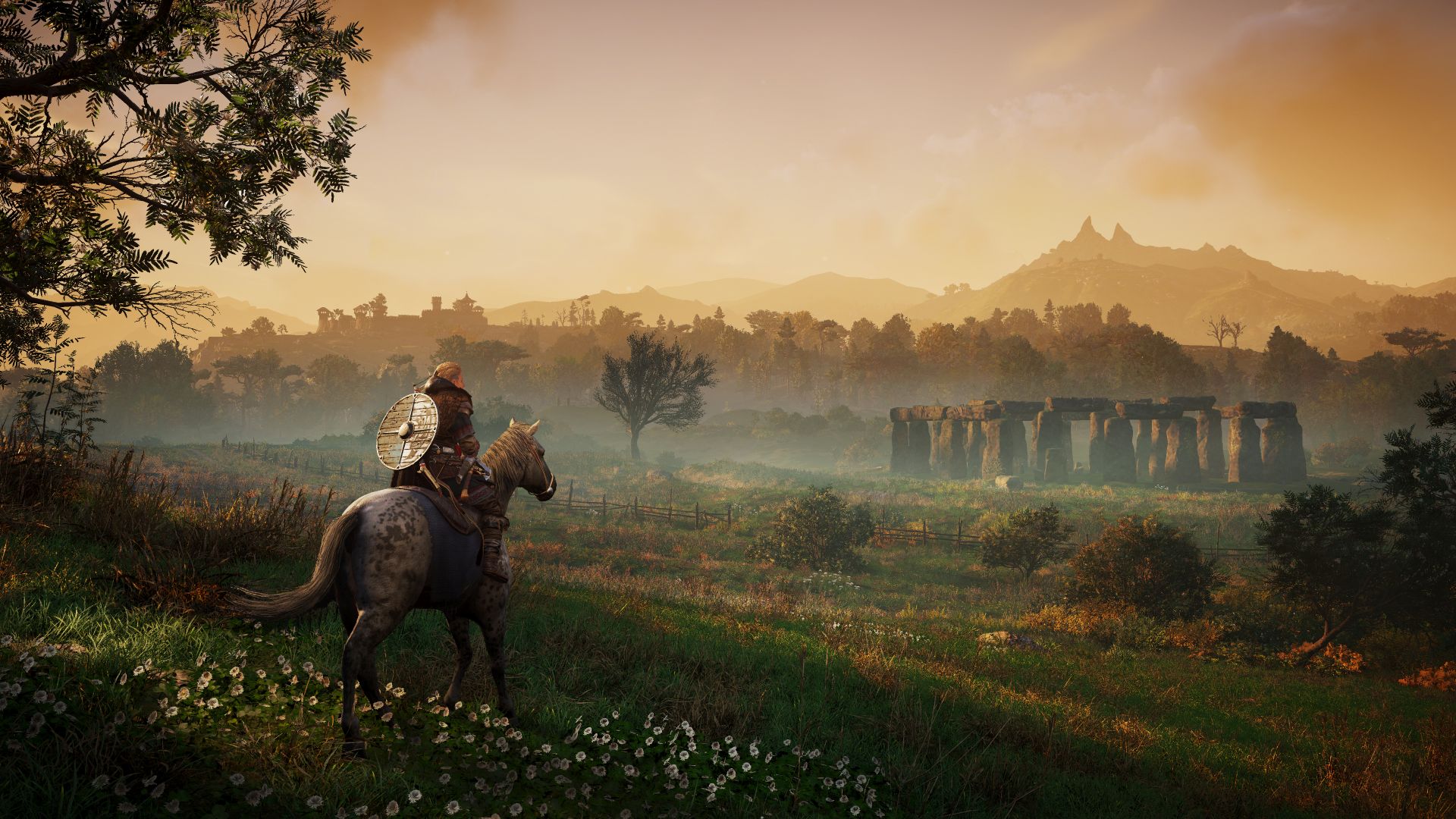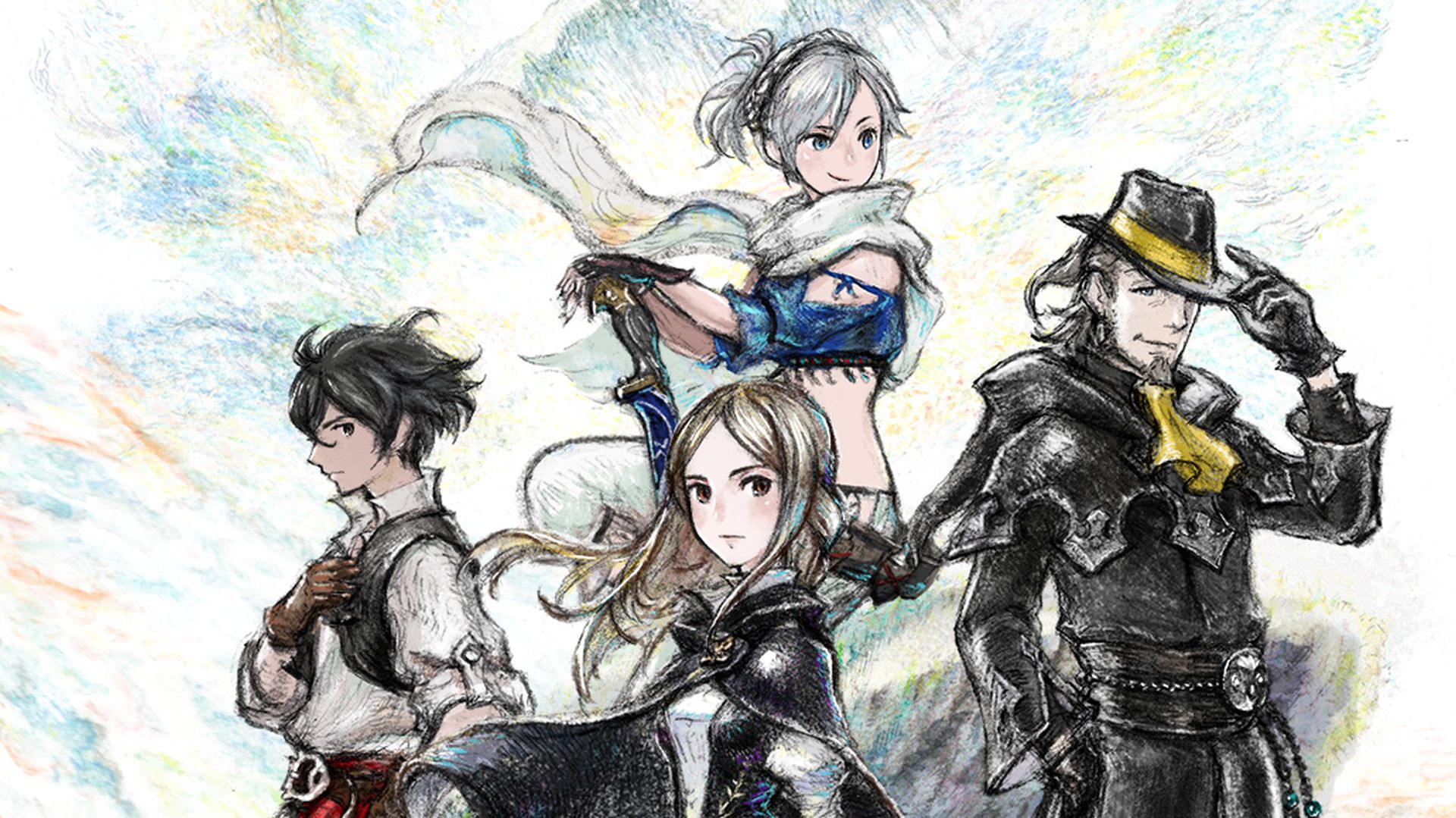
Bravely Default 2 is out on February 26th for Nintendo Switch and serves as the next big RPG from Square Enix. Let’s take a look at 12 things you should know before buying the game. There’s also a demo currently available free on the Nintendo eShop for those who’d like to try before they buy.
Story and Setting
Though it’s a follow-up to 3DS titles Bravely Default and Bravely Second: End Layer, Bravely Default 2 is more of a clean slate and seeks to emulate the first game more. It has a brand new story and cast of characters while taking place on Excillant, a continent composed of five different kingdoms. The first game focused on the Crystals, a mainstay of several Final Fantasy titles, which appear here as well. Their greater purpose and role in the story is still unknown however.
Main Cast
Much like Bravely Default’s predecessor, Final Fantasy: The 4 Heroes of Light, the main cast is composed of four characters – Seth, Gloria, Elvis and Adelle. Seth is a sailor saved from a storm by the Crystals’ power and now finds himself in a new land. Gloria is the princess who seeks to return the Crystals. Elvis is a Wizwald scholar, described as “larger-than-life” and seeking to learn more about a book of secrets that his mentor gave him while Adelle is a mercenary who accompanies him.
Regions
Their journey takes them to a number of different regions, each with their own unique ecosystems and cultures. There’s Savalon, the Land of Drought which is surrounded by deserts but whose main city is currently submerged. Wizwald is the Land of Magic where mages rule supreme but is currently under siege by overgrown plant-life. Rimedahl is the Snow Country and has a very elegant feel to its surroundings. Each country has a number of important characters and Asterisk Holders to encounter.
Sub-Quests
Of course, alongside different main quest missions are side quests (known as Sub-Quests) doled out by different NPCs. These are straightforward tasks like gathering X amount of a certain material with the location marked out on your map. But Sub-Quests also afford the opportunity to learn more about the world and see its various sides, like what happens to the different Asterisk Holders after your initial encounters with them.
Exploration and Field Actions
Environmental exploration is fairly straightforward with a few neat little touches added in. While on the field, you can cut down grass to find items or attack enemies to gain an advantage in battle. Striking a monster on the field will grant a free Brave Point when the battle starts.
Brave and Default
Combat in the Bravely Default series works a bit differently from other turn-based games. Party members are assigned Brave Points or BP when the battle begins, usually starting at zero. Executing an action consumes one BP and this is recovered on the party member’s next turn. However, by using the Brave option, it’s possible to execute four attacks in a row, consuming three BP in the process. This option is good against weaker foes but continuously using it against bosses is not recommended. If used without any BP in reserve, then the party member will essentially be defenseless for the next several turns.
This is where the Default option comes into play. It restores one BP and provides some damage mitigation for that turn. By defaulting enough times, it’s possible to unleash a quick burst of damage or healing without suffering any consequences. One change made in Bravely Default 2 is that party members will now be issued commands when it’s their turn instead of giving orders to everyone at once and hitting “GO.” This is important due to the presence of Counters and Jammers.
Counters and Jammers
Certain enemies have a chance to counter a party member when attacked but can also use Jammers. These are counters that are initiated from non-attack actions, such as a party member using an item. Identifying Jammers and avoiding Counters, especially by using Support Abilities like the Hunter’s “Retaliation Evasion”, will be necessary for survival.
Jobs and Abilities
Like previous games, classes are denoted by Jobs and have their own unique abilities. Leveling up Jobs confers access to new abilities and you can switch between them at will. Said Jobs include the Freelancer, a general class that can utilize different kinds of equipment; White Mage, which specializes in healing; Dragoon, a lance-wielding that utilizes abilities like the signature “Jump” to assail foes; Swordmaster, which relies on counterattacks; and much more. New Jobs are unlocked by defeating different Asterisk Holders who appear throughout the story. Defeat Martha Lancer in Rimedahl, for instance, and you’ll obtain the Dragoon Asterisk and Job.
Support Abilities and Special Moves
As Jobs are leveled up, you unlock different Support Abilities which act as passive buffs. More importantly, they can be equipped regardless of your Job. Such abilities include the Monk’s “Empty Handed” Support Ability that increases attack and accuracy when not using equipment in either hand and the Black Mage’s “Aspir Attack” where basic attacks will restore MP based on damage done. Then there are Special Moves unique to each Job like the White Mage’s Sacred Light which significantly heals all allies and removes status ailments while also buffing physical and magical defense.
Consecutive Battles
Though you could enter encounters one at a time, it’s also possible to trigger battles against multiple sets of foes. These are known as Consecutive Battles and will provide a bonus to Job Points earned (but be careful since Brave Points carry over between each battle). Facing monsters of a specific race in Consecutive Battles is also possible when using certain items.
Random Encounters
One nice little change to random encounters is that enemies will actually respond to your level. If your party is weaker or at an equivalent level as the enemy, then they’ll charge at you and initiate conflict. If you happen to be at a higher level though, they’ll run away, fearing your power. This not only ensures you avoid random encounters with trash enemies but also provides an indicator of whether you’re strong enough or not.
Search Mode
If you’re not playing the game but still want to make some progress, then Search Mode comes in handy. It provides XP and Job Points based on the amount of time that you don’t play (with options for up to 12 hours). The longer you don’t play, the more the rewards will be and if connected online, then other players will help increase those rewards even more, though activating it offline is also possible.
